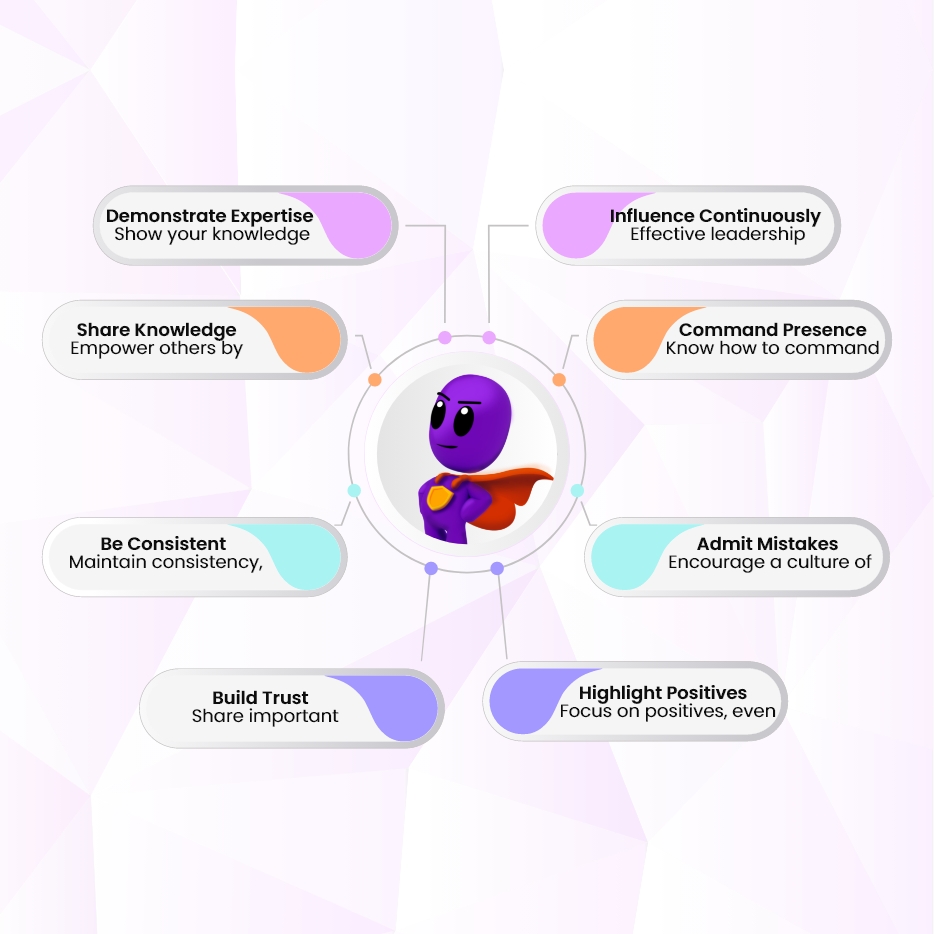Blogs
Leveraging Effective Listening: A Guide for Leaders
Good communication isn’t just about speaking or writing—it’s equally about listening, a skill often overlooked in leadership. At Xapa, we emphasize that listening is as vital as expressing yourself.
The Five Levels of Listening
Dr. Neha Sangwan identifies five distinct levels of listening, each revealing how deeply we engage:
- Closed Listening: You’re not truly listening—focused on predicting or dismissing the speaker.
- Head Listening: Limited attention, primarily planning your response.
- Ears-Only Listening: Hearing words but missing tone, emotions, or context.
- Heart Listening: Attuned to the speaker’s emotions and feelings.
- Open Listening: The highest level—grasping words, emotions, and unspoken values driving the conversation.
Zero-Level Listening? That’s when no response comes at all—like asking the kids to unload the dishwasher and hearing crickets.
Why Listening Matters
True listening builds trust, fosters collaboration, and helps resolve disputes. Yet many of us struggle, too busy forming responses or critiquing instead of understanding. Becoming a better listener starts with closing your mouth and opening your ears.
Building Better Listening Habits
Here are practical steps to improve your listening:
1. Seek Feedback: Ask colleagues or loved ones how well you listen and use their insights to grow.
2. Listen Beyond Words: Identify emotions behind the words with guesses like, “It seems this is important to you. Are you feeling…?”
3. Eliminate Distractions: Focus fully, put down your phone, make eye contact, and engage through body language.
4. Show Gratitude: Acknowledge their feelings and perspectives, even if you disagree.
Experience It for Yourself
Challenge yourself to practice Level 5 Open Listening for one day. Reflect on how it changes your conversations, and gradually extend it to a week or a month.
Ready to level up your listening skills?
-Complete the “Five Levels of Listening” Xperience in the Xapa World mobile app to assess your current habits and grow into a more effective communicator.
Listening isn’t just a skill—it’s a way to build trust, deepen relationships, and create a better world.



